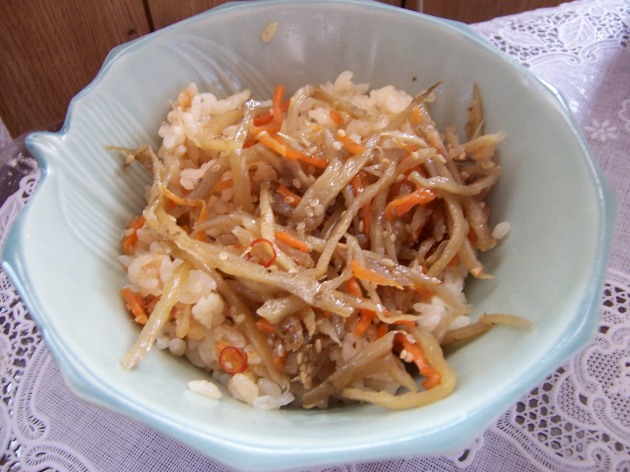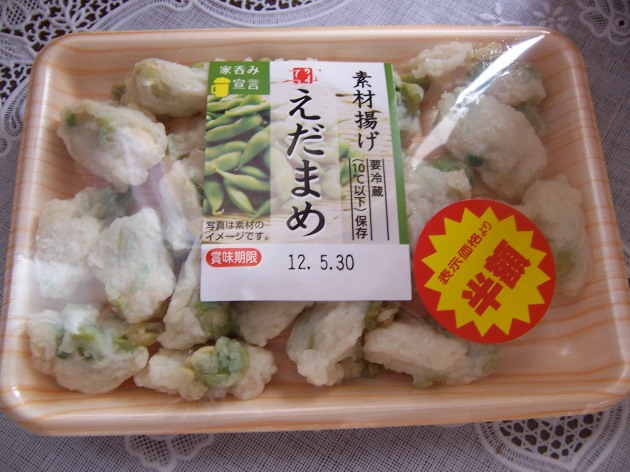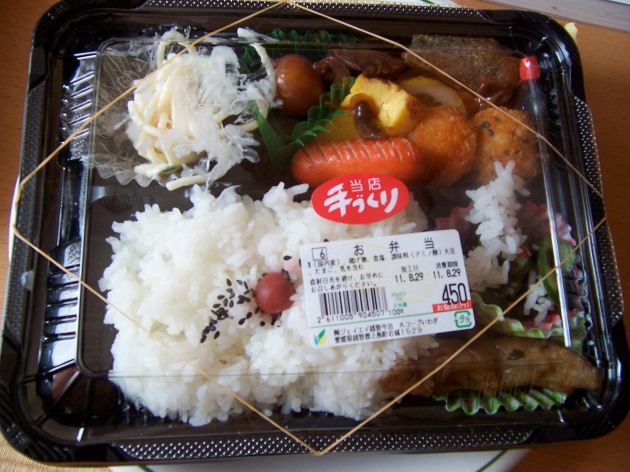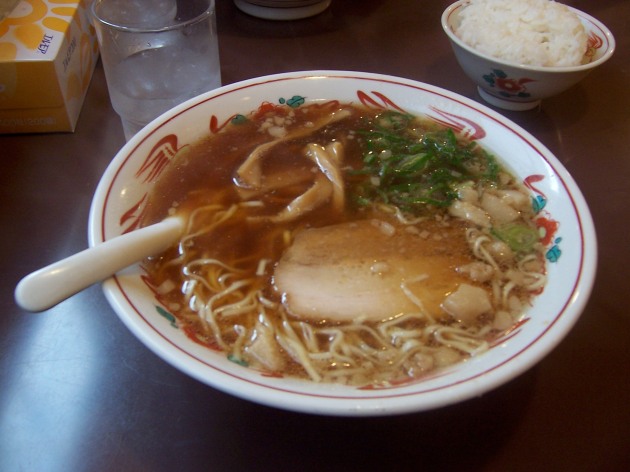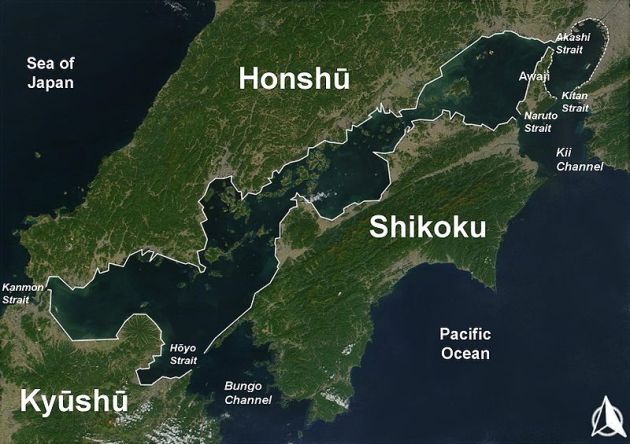Here’s the next installment of all the delicious goodies I’ll soon be missing out on when I leave Japan.
CROQUET (コロッケ)
We’ll start with this one, since I mentioned it at the end of my last post and some of you may not know what it is. I certainly didn’t when I first came. The term is French, so perhaps it’s a French dish, and perhaps not?
It’s basically made out of potatoes, and deep fried.
It has such a hearty, sumptuous texture, and it goes really well with rice in my opinion. I think generally there are vegetables minced up and added in, and it’s usually slightly flavored (sweetened?) as well. There are also versions that have meat inside, but I don’t buy those.
SHOKU PAN (Meal bread? 食パン)
This is a chunk of bread, sold by the square, and is cut into either 4, 5, or 6 slices depending on which version you buy. If you buy the 4 sliced version, the slices will be thicker, because it’s the same base cube you’re buying just divvied up differently. I tend to buy the 6 slice one, or else it would be way too thick.
Shoku pan is generally used for breakfast, as a single slice either toasted or not, and then you spread something over the top of it. It’s actually quite chewy and satisfying for breakfast.
On occasion me and my boyfriend have tried to make sandwiches out of this bread, since regular sliced loaves of bread such that you find in the US are non-existent here. However, we’ve generally been dissatisfied with our shoku pan sandwich meals because there’s just far too much bread that it eclipses whatever you put in between. Or, you have to put like twice as much stuff in between the slices to even taste it, often ending up with a very dense, high calorie, far too filling meal.
GOMA SOFT (Sessame seed spread)
Probably my favorite thing to spread on top of shoku pan is Goma Soft.
It looks quite scary at first, because it’s grey with black bits in it (sesame seeds), and hardly resembles food. However, it’s incredibly tasty. It’s basically tons of sesame seeds, sugar, some sort of sweetened syrup, vegetable oil, shortening, and a little bit of peanut butter. I suppose it’s not the healthiest thing ever, but it’s really tasty.
TINY MUSHROOMS! – ENOKI
These are apparently called Enoki, and I buy them all the time. They add delicious texture to any pasta, and they’re usually dirt-cheap, like 60-80 yen a pack. On occasion I’ve even fried them up by themselves with a little soy sauce and mirin (sweet cooking sake) and they have made a tasty side dish on their own that way.
KINPIRA-GOBOU
This is a common Japanese side dish that is made up of Gobo (burdock root?), konnyaku (devil’s tongue?) carrots, and sesame seeds. I guess because I’m a sucker for sesame seeds, it’s always SO delicious.
You can use it as it’s own side dish, or put it on top of rice, like I did here:
FISH CAKE THINGS
I pretty much only buy these when they’re on sale; this picture here shows a “half-price” sticker. It’s ususally a cheap and easy way for me to fill out a rice-based meal with side dishes.
I’ve known people to not like fish-cake foods here, but I’ve always found them pleasant. Basically there are a lot of variety of fish-cake side dishes, where fish I guess is ground up and then flavored and pasted together. It usually ends up tasting both sweet and savory. This particular one here has eda-mame (soy beans) clustered with the bits of fish cake, adding some extra nutrients.
NATTO! (Fermented Soybeans).
Now, we’ve reached the pinnacle of this post.
Natto, or fermented soybeans, is one of those foods that you either love it or you hate it. Most foreigners are completely disgusted by natto, and I admit I was at first too. Natto is offensive not in its taste, or even in its smell, but in its texture. It’s slimy. It sticks to your chopsticks in nebulous strings. It feels all wrong in your mouth.
When I first came to Japan, and Natto showed up in the school lunches (which it did from time to time) I would usually try to eat it in big gulps, not thinking about it, and try to get it out of the way as soon as possible, followed by something much more savory and delicious to get the remnants of it out of my mouth.
Somehow, humans can get habituated to most everything, and at some point Natto started actually tasting pleasant to me. A few months ago I actually started proactively buying Natto in the grocery stores.
I was converted to Natto (somehow I feel it needs a capital N) but many people aren’t. Many Japanese people themselves dislike Natto (as well as sashimi or sushi – just because a food is prevalent in a culture doesn’t mean everyone likes it or will eat it). My boyfriend still only suffers through Natto when it’s served to him, but will never eat it willingly.
When you buy Natto in the store, it looks like this:
It generally comes in packs of 3, each in their own Styrofoam box.
When you open the styrofoam box, there’s the natto covered with a sheet of plastic, and usually a packet or two of flavoring. My favorite brand (this one) comes with some kind of sauce, and mustard. It’s not uncommon to have grated daikon (Japanese radish) in a sort of sauce form to mix in.
You mix everything together still in the styrofoarm container.
Then you put it over rice, and you’re finished! Ta da!
Natto is supposed to be very healthy for you, and here in Japan it’s also very cheap – about 100 yen for the pack of 3, sometimes even cheaper.
Now I’ve basically covered the Japanese foods I enjoy and will miss, except for one very important area: the bread.
I talked about Shoku pan in this post, about it’s chewy thick goodness (for breakfast), but that’s only the tip of the iceberg. While Japan doesn’t do bread for lunchtime sandwiches, Japan does do bread for breakfast, or snacks, or even for meals themselves, very uniquely and deliciously. The Japanese bakery is like nothing I’d ever seen in the US. I will talk more about Japanese bakeries and Kashi pan (snack breads) as they’re called, in my next post. Look forward to it!








